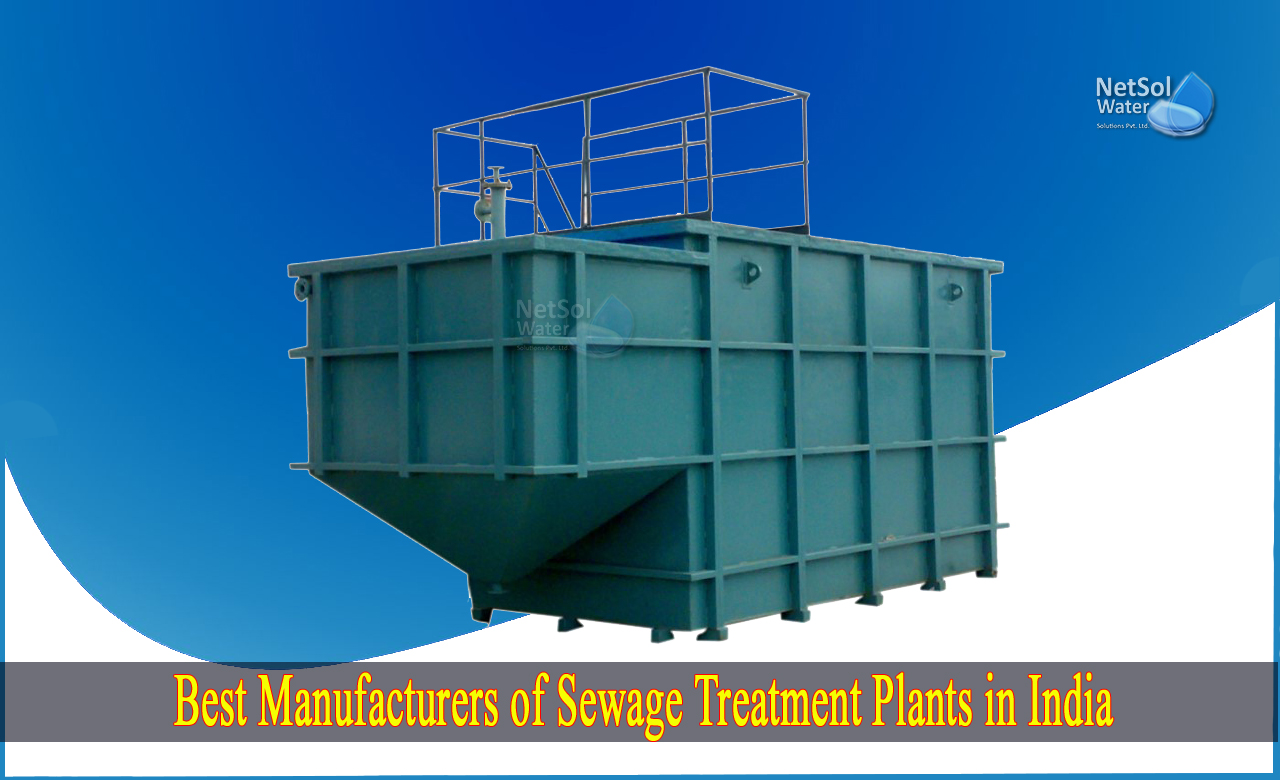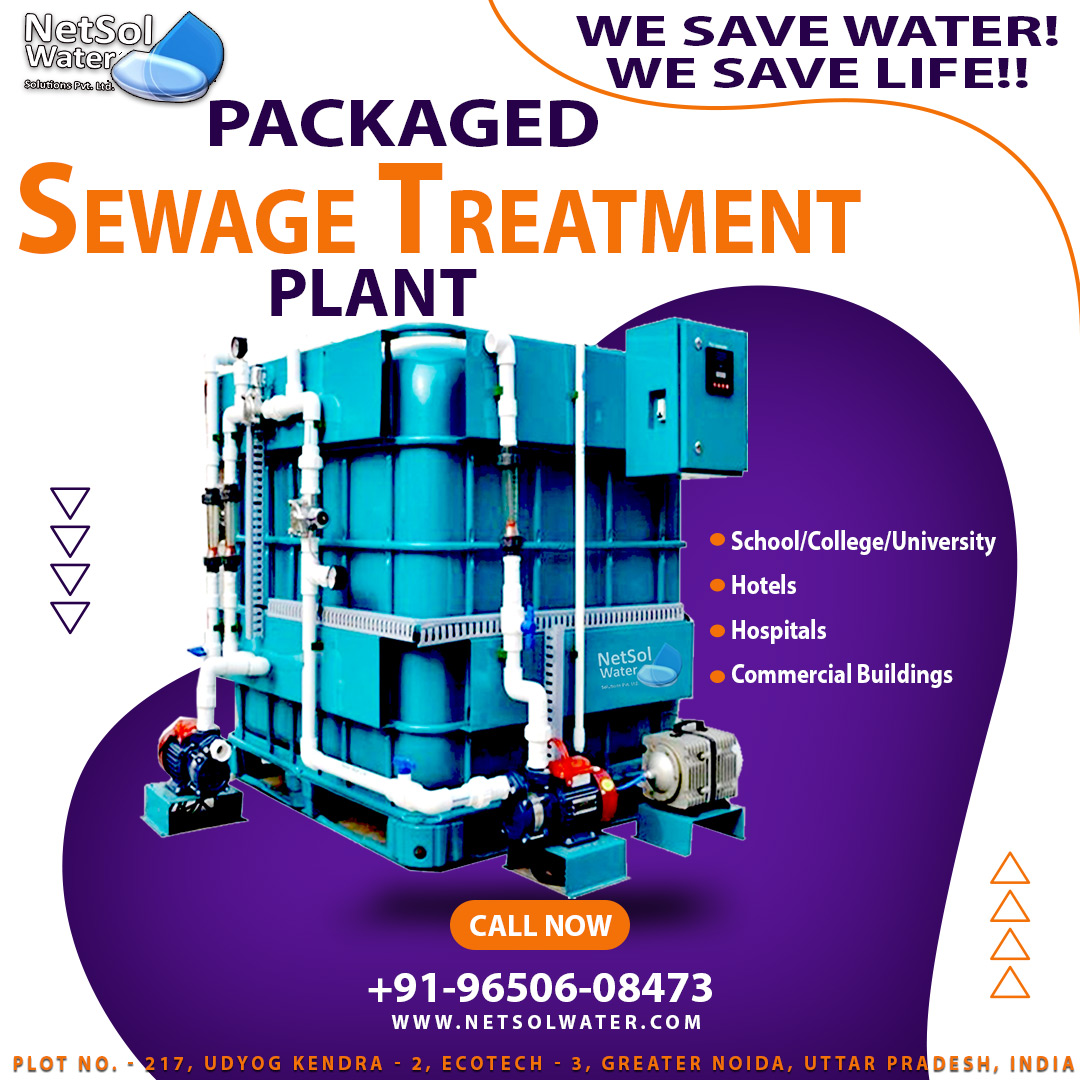Who is the Best Manufacturers of STP Plants in India?
Water is becoming increasingly scarce as the world's population grows. Nature is unable to handle the huge volumes of effluent on its own. As the population expands, so does the amount of wastewater produced!
Sewage treatment plants are built to accelerate the natural process of cleaning water. The natural process is overburdened by billions of humans and significantly more wastewater. Without wastewater treatment, the volume of wastewater would be disastrous, as it is still in underdeveloped nations today. Over 80% of all wastewater is discharged without treatment globally.In the nations that do have proper treatment facilities, numerous technologies are used to treat wastewater with one common purpose in mind: to purify as much water as possible and return it to the environment in order to keep humans and the Earth safe and prospering.
How many sewage treatment plants (STPs) are there in India?
According to CPCB, the largest source of pollution of India's aquatic bodies is domestic sewage disposal from cities and towns. A total of 29129 MLD of sewage is produced by all Class I and Class II cities combined (as per population in 2001 census). In comparison, the existing capacity for sewage treatment is only 6190 MLD. Between sewage generation and installed sewage treatment capacity, there is still a shortfall of 22939 MLD. The difference in percentage is 78.7%. Another sewage treatment capacity of 1742.6 MLD is being planned or built. Even if this is added to existing capacity, there will still be a sewage treatment capacity gap of 21196 MLD (72.7%).
Does a sewage treatment facility preserve human life and the environment?
Wastewater/sewage water includes components that are hazardous to humans and the environment. Sewage treatment, commonly referred to as wastewater treatment, is the process of removing toxins from municipal wastewater. Wastewater is treated using a variety of physical, biological, and chemical techniques.
1-These facilities aid in the purification of wastewater and the abolition of problems such as those occurring in poor nations.
2-Unsanitary water offers substantial health concerns, accounting for 1.7 million fatalities per year, with more than 90 percent occurring in underdeveloped nations.
3-Several water-related illnesses, such as cholera and schistosomiasis, are still prevalent in many underdeveloped nations, where only a very tiny proportion (in some cases less than 5%) of home and municipal wastewater is treated before being released into the environment.
4-Sewage treatment plants also help to safeguard the environment. Freshwater is required for fish and aquatic life. They cannot thrive in a wastewater-contaminated water environment. Excessive levels of chemicals, such as nitrogen and phosphates, entering streams, rivers, or huge bodies of water induce excessive plant growth, which releases poisons into the water. This causes oxygen depletion and dead zones, where fish and other aquatic life cannot survive.
Why should you choose Netsol's Sewage Treatment Plants?
We have a nationally recognized team of wastewater professionals that share the objective of offering innovative, sustainable, and environmentally friendly wastewater treatment solutions.Our level of knowledge and attention to detail ensures that only the best; most dependable products are produced, supplying the market with the most advanced Sewage Treatment Plants. We provide sewage treatment facilities for both industrial and commercial applications.
Sewage Treatment Plants: Working mechanism
>Many municipalities have a wastewater treatment facility that uses a variety of techniques to remove contaminants from the wastewater used in households, small enterprises, industries, and other infrastructure. All wastewater is initially subjected to primary treatment, which includes screening and settling out big particles.
>The wastewater is then sent to the secondary treatment process, which removes organic materials by enabling bacteria to take down the contaminants. To eradicate any leftover germs, the treated wastewater is frequently disinfected with chlorine.
>Some cities take a step further and treat the wastewater using sophisticated treatment to lower the number of contaminants of particular significance to the local waterbody, such as nitrogen or phosphorus. Following this, the treated water is piped back to a nearby body of water.
What is the usage of our sewage treatment plants?
A deeper look at wastewater demonstrates why proper treatment is critical.Consider your on-site sewage treatment plant to be a water-saving strategy. Your system avoids groundwater and water contamination by eliminating suspended particles and other features like:
- contaminated water;
- paucity and scarcity of water;
- contaminated lakes and rivers;
- a reduction in the number of aquatic species;
- livestock hazards;
- decreased waterfront property prices, etc.
The ultimate goal of our sewage treatment is to generate effluent that can be released into the environment with as less water contamination as possible or to produce effluent that can be reused in a beneficial manner. This is accomplished by filtering pollutants out of the sewage. Some sewage treatment methods generate sewage sludge, which can be processed before safe disposal or reuse.Under some conditions, processed sewage sludge may be referred to as "biosolids" and utilized as a fertilizer.
The never-ending benefits of our Sewage Treatment Plants;
1-With only routine maintenance, it is dependable and unlikely to experience issues.
2-These can be put even in difficult or constrained places.
3-Over time, installation, electricity, and maintenance are the only costs.
Sewage treatment plant applications
STPs manufactures by us can be applied to
|
Industrial Purpose |
Commercial Purpose |
|
Textile |
Residential |
|
Food and Beverages |
Apartments |
|
Paper and Pulp |
Malls |
|
Chemical |
Schools |
|
Pharmaceutical |
Commercial Sectors |
|
Clothing |
Stadiums |
|
Automobile |
Offices |
|
Aerospace and many more |
Complexes and many more |
Sewage Treatment Plant installation
Regulations for sewage systems differ from municipality to municipality. It is important to be informed of the legislation in your region, in order to guarantee that your sewage system is established appropriately and satisfies all the safety criteria. One of the most critical components of sewage system control is ensuring that the system is properly installed. This implies that a qualified specialist must design and install the system. Furthermore, before it can be used, the sewage treatment plant must be examined by a certified professional.
Finally, before installing STP on your property, it is critical that you are aware of the legislation governing sewage systems and flood zones.You may assist safeguard your sewage system from floods and other damage by adhering to these standards. You will receive the greatest support from us since we have many certified and trained specialists who will not only aid you incorrectly installing the system but will also teach you how to maintain and operate the system.
Netsol Water is not only available to take your call and discuss your options and questions, but we are also committed to guaranteeing that your sewage treatment is always trustworthy.




